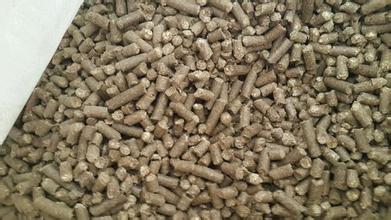Grass Pellets to Heat Large Greenhouses
2016-05-03
While wood pellets may currently dominate the pellet fuel market other biomass fuel pellets are starting to enter the market. Some of the most promising are grass pellets, however the best fuel pellets are made from specific energy crops. There are numerous grass species and varieties that could be explored as a dedicated energy Crop. Suitable biomass energy crops includes hemp, miscanthus, switchgrass and reed canary grass etc.


Hemp produces fuel pellets equal to wood pellets and no more corrosive to burn , the best biomass material to produce grass pellets is Hemp. Hemp has over 30,000 uses, and after processing there is few residue left over. This woody core can be collected and compressed into pellets.
Miscanthus is also know as elephant grass and does not grow from seed, it grows from purpose planted rhizomes. Also once the miscanthus rhizomes are in place that field is pretty much miscanthus dedicated and no longer suitable for crop rotatio.That been said there is still a lot of support for growing this crop in the US and Europe.
Switchgrass is a native, perennial, warm-season grass and does not have the quality potential for dairy and livestock that cool-season grasses have. Because of its seasonal growth pattern and lower ash content compared to other grasses, however, it has been shown to be a promising biomass crop in other parts of the United States.
All of these materials can be collected and processed in the pellet mill to produce grass pellets which are suitable for fuel flexible pellet stoves and boilers. Greenhouses and farms are typical applications where grass pellets can help to lower running costs while at the same time reducing carbon emissions.
Some greenhouses with grass pellets heating systems is doing something a bit different. They have a hot air furnace that burns grass pellets. The owner states that a 40lb bag of grass pellets usually heats the greenhouse for 24 hours which is pretty efficient and affordable. The grass pellets are fed into the hopper and an auger in the bottom of the furnace feeds the fuel into a bottom fed burn pot. The advantage of this design is the ash produced is just pushed over the side of the burn pot along with any potential clinker formations. In this instance they have to use a blow torch to get the fire going. However in many pellet boilers like ours you have a hot rod igniter, therefore the fire can start on the command of a thermostat. As you can see within just a few minutes the temperature in the centre of the fire has reached almost one thousand degrees. It's not stated which grass was used to produce the pellets, the most likely biomass would be Switchgrass. However potentially Miscanthus, Reed Canary Grass or maybe even Hemp. The advantages of making grass pellets over wood pellets is the raw material can be more abundant and you actually get a much better productivity from the pellet mill.

 wendy@machinehall.com
wendy@machinehall.com 0086-18539931566
0086-18539931566